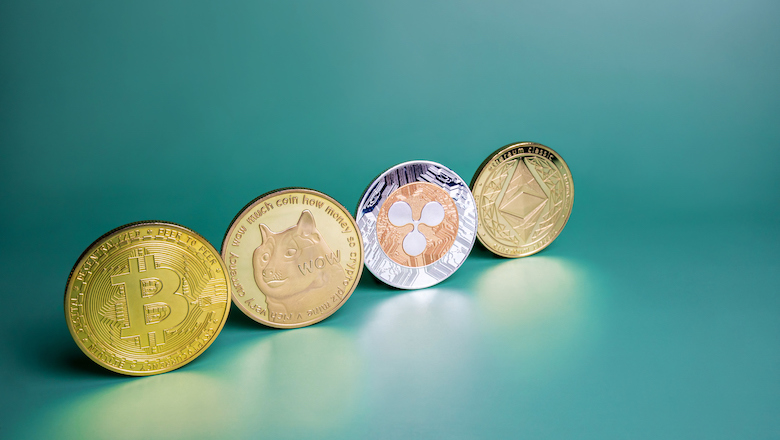
You Want To Get Rich From Crypto? This Is Your Best Bet
Cryptocurrencies are notorious for their sudden and staggering price surges, as demonstrated vividly in 2021 by the meteoric rise of Shiba Inu (CRYPTO: SHIB), which saw an astonishing increase of nearly 900% within a few short weeks.
However, despite its past success, Shiba Inu’s well-documented flaws are likely to hinder its ability to replicate such feats in the future. For investors aiming for stability and reliability in the cryptocurrency realm, Bitcoin emerges as the clear choice.
The primary distinction between Bitcoin and Shiba Inu, and perhaps the most compelling, lies in their respective supplies. In this aspect, Bitcoin stands in stark contrast to Shiba Inu.
Currently, Shiba Inu boasts a circulating supply exceeding 589 trillion tokens, while Bitcoin’s supply is capped at just 19.25 million. Unlike the infinite supply model of the meme coin, Bitcoin’s supply is algorithmically controlled, with a limit of 21 million tokens, of which the remaining 1.75 million will gradually enter circulation over the next 116 years.
This controlled supply mechanism, orchestrated through regular “halving” events, underscores Bitcoin’s robust monetary policy, making it better positioned for long-term appreciation. With these halving events occurring approximately every four years, the reduction in miner rewards leads to a diminished creation of new Bitcoins, enhancing the cryptocurrency’s overall scarcity.
This halving process will persist according to schedule until 2140, when the final Bitcoin will be mined, ushering in a new era for the cryptocurrency.
Despite Shiba Inu’s initial price surges, its excessive supply has become a hindrance, particularly as the market becomes increasingly aware of its inherent flaws. In response to its disproportionate supply, Shiba Inu developers introduced a burn mechanism to artificially boost its price by reducing the token supply. However, these efforts have thus far proven ineffective.

Amid the crypto market’s surge in 2023, Shiba Inu struggled to keep pace, as its abundant supply overshadowed any demand. In contrast, Bitcoin soared by over 150%, while Shiba Inu saw only a modest 25% increase.
The disparity between Bitcoin and Shiba Inu encapsulates the broader gap between Bitcoin and the rest of the cryptocurrency market. While other cryptocurrencies undergo upgrades and interventions by development teams to enhance functionality, Bitcoin operates independently, without the need for such interventions.
This is because Bitcoin’s original design is inherently sound and functional, embodying the essence of what a cryptocurrency should be. Since its inception in 2009, Bitcoin has operated seamlessly without reliance on developers or centralized entities. Consequently, Bitcoin has emerged as the most valuable cryptocurrency, owing to its unparalleled security, decentralization, and resilience.


